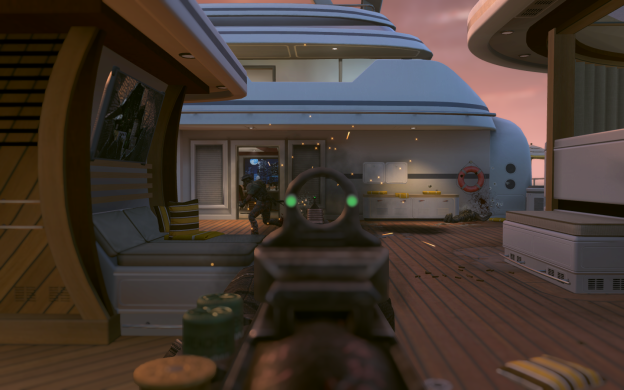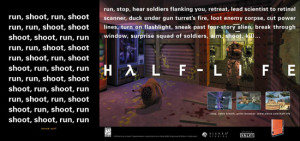From time to time I encounter complaints about the setting of video games, particularly horror ones. There is a general lamentation of them taking place in abandoned/old/dilapidated hospitals/prisons/asylums/houses. Getting burnt out on a setting is very understandable, being uninterested in one is also well within reason, but periodically I see the claim that the use of such things has to do with our society’s perception of the unwell/criminal/mentally ill/aristocratic past, et cetera and so on. Often it is suggested that these games are an indication of who we are as a society (ignoring the culture and geographical location of the development team).
I posit a different perspective: money. Horror games work best when simple, which means few mitigating elements, and when exploiting basic fears. Being alone meets both of those requirements from a design and tech standpoint. Horror games are very commonly developed by smaller independent teams, such as Amnesia, or Eyes, which was developed by Paulina Pabis. When there are fewer hands and a smaller budget, reusable or versatile content goes a very long way. A single set of textures, a couple of meshes, some sounds, and a good lighting effect go a very long way toward the goal of the game design.
Another aspect is baggage, and this is where the contemporary cultural anthropoludologists (its fun to make up words) come close to being correct. Few people know anything about these places with any real expertise. They have limited expectations and this frees up the designer considerably in what they can do with the space. Look at the level design of Call of Duty or Half-Life, then look at the level design of Quake or Portal. The former take place in settings we have particular expectations of, the latter in ones with fewer trappings. The result is designer expression. If you want a particular user experience in a Quake map, you make it. If you want that in a Call of Duty or Half-Life map, well, you’re going to need to find some reason for it to happen with this space which the users are going to be familiar with. Quickly you result in convoluted, bordering deus ex machina, configurations, or boring levels. These are results that demolish the mood being built by a horror game.
With fewer (not lowered) expectations, a minimal entry fee for believable content, these settings are a great angle for independent developers, in the same way that “retro” graphics are. There is more economy than égalitaire about the setting of these games.


